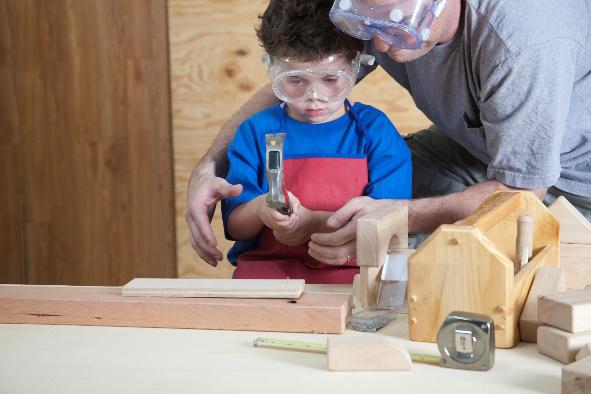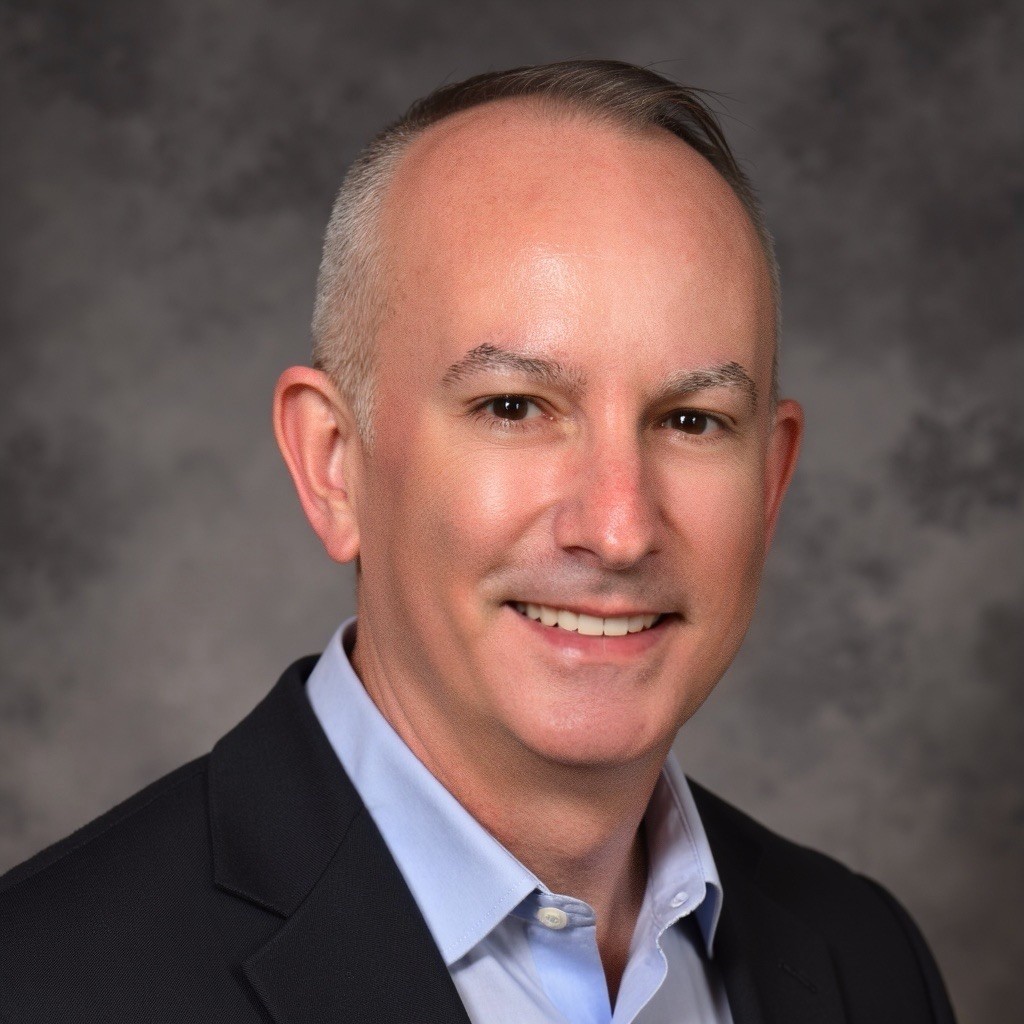April 05 2020
By: Shawn M. Galloway
People are working from and around their homes, and their risk profile has changed. As such, safety professionals must modify their approach to injury-prevention. How we communicate with our workforce changes. How we bring attention to risk and how we mitigate it, providing a safe work place, also changes. The availability for command and control with in-person oversight for required behavior is being replaced with influence and coaching. How quickly times have changed!
For the first time in many of our lives, we are being asked and, even in some situations, mandated to stay at and work from home. For many individuals, this is their first time to do so. Where these individuals conducted their work previously, their companies largely, "took care" of the safety issues identified. Responsibility and accountability for safety has now drastically shifted. Now accomplishing what the workforce can from their homes, the risk on the new job location (their home office, couch, kitchen counter or table or even in their beds) might be unfamiliar. Moreover, several of us are also finally getting to that dusty, yet not so forgotten by our spouses, honey-do list.
 The risks of our employees and colleagues has not been reduced over the past couple of weeks, in fact for many, it might actually increase. In much of the developed world, you are significantly more likely to get injured away from the job than on the job. Much of the workforce today is now away from "the job". If you are injured at home, you are just as absent as if you are injured at your traditional workplace. Further, if you are injured at home, requiring a visit to the doctor or emergency room, you are potentially significantly increasing your risk exposure to SARS-CoV2 and developing COVID-19.
The risks of our employees and colleagues has not been reduced over the past couple of weeks, in fact for many, it might actually increase. In much of the developed world, you are significantly more likely to get injured away from the job than on the job. Much of the workforce today is now away from "the job". If you are injured at home, you are just as absent as if you are injured at your traditional workplace. Further, if you are injured at home, requiring a visit to the doctor or emergency room, you are potentially significantly increasing your risk exposure to SARS-CoV2 and developing COVID-19.
We at ProAct Safety have long taught that safety is: 1. Knowing the risks, 2. Knowing what precautions to take to control or reduce the risks, and 3. Regularly taking those precautions.
Communicate this with your at-home workforce. Make them aware of the need to self-identify risks in and around their homes, as they work or perform home-improvement projects. Leading causes of injury around the home are falls and slips, falling objects, cuts, burns, choking, poisoning, drowning, bruises and electrocution. Has your at-home workforce taken inventory of where these risks are? What about other risks like new ergonomics, based on where people with laptops will be conducting their work?
To understand what precautions to take, I challenge companies to share the following acronym (H.O.M.E.S.SM) and work to get its meaning in the heads of at-home workers as soon as possible. Our firm over a decade ago, with significant research proved, if you do not get a behavioral focus in someone's head, you will never get it in their habits. Here are the off the job H.O.M.E.S. precautions to quickly adopt and develop habit strength:
- Housekeeping — Keep your work area clean and free of litter. Put all tools, equipment and supplies where they belong. Place folded laundry in the rooms they belong and not on the stairs. In general, remove items from any area where someone could trip over or slip on something.
- Out of the Line of Fire — Don't put any body part in the path of any (even the potential for) moving energy. Consider all sources of energy: air, water, fire, electricity, even your own energy. Cut away from yourself rather than towards yourself. Take care when there are things above you that might fall.
- Maintain Proper Footing Techniques — Pay special attention to what you are standing or walking on. Maintain three-points of contact, using two hands and one foot or two feet and one hand to support you when climbing on or off of something. Ensure what you are standing on gives you solid, steady footing.
- Eyes on Path/Task — Don't put any part of your body where your eyes haven't previously scanned. Look before you place your hand on something, before standing or backing up. This might also include watching your children while they are in the pool.
- Select the Right Tool and Equipment for the Task — Take a moment prior to starting whatever task you are working on and ask: Am I selecting the right tool for the job? Is it in good working condition and am I truly confident I'm using it in the manner for which it was designed? The right tool for the job at home also includes personal protective equipment (PPE).
Share these H.O.M.E.S. precautions with your workforce and in turn, challenge them to share with their new co-workers: their family members. Ask them to hold each other accountable. Ask them to reinforce these precautions amongst each other and lovingly say something to their loved ones if the precautions are not being taken. We want to keep people safe regardless of where they are now working, and this is an easy tool to begin implementing right away.
If you would like to discuss how to keep the focus on and within safety, we would welcome a conversation with you.
Stay Safe and Healthy,
Shawn M. Galloway
President
ProAct Safety, Inc.

Shawn M. Galloway is the CEO of ProAct Safety and an advisor to leading organizations across all major industries. With over twenty years of experience in safety systems, strategy, culture, leadership, and employee engagement, he is a trusted advisor, keynote speaker, and expert witness.
He is the author of several bestselling books and has multiple regular columns in leading magazines, with over 400 articles and 100 videos to his credit. He also created the first safety podcast, Safety Culture Excellence, with over 800 episodes. Shawn has received numerous prestigious accolades and has been featured in Power 101 Leaders of the EHS World, Top 50 People Who Most Influenced EHS, Top 40 Rising Stars, Top 11 Health and Safety Influencers, and Top 10 Speakers.
He serves on the Harvard Business Review Advisory Council and the Fast Company Executive Board. He has appeared as a guest on Bloomberg, Fox News, The Daily Mail, Dubai One, U.S. News & World Report, Sirius Business Radio, Wharton Business Daily, and leading safety magazines and podcasts, reinforcing his status as an authority in the field of safety excellence.
For more information, call +1.936.273.8700 or email info@ProActSafety.com.
